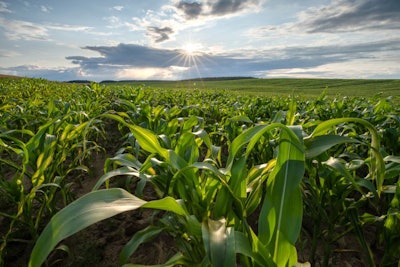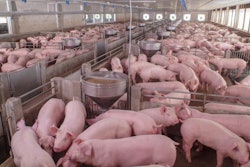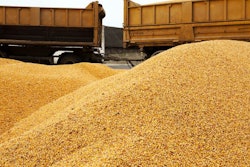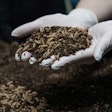
Macro factors align to increase corn, soy prices, challenge feed producers
The release of the U.S. Department of Agriculture’s (USDA) National Agriculture Statistic Service’s (NASS) March 31 reports did not provide a welcome forecast for feed producers navigating tight raw material stocks and rising costs. While corn and soybean supply and use reports remained unchanged from February, the March 2021 Prospective Planting outlook suggests planting intentions for both crops to be significantly below trade estimates, causing corn, soybean and wheat contract prices to spike.
Though analysts are optimistic high demand and prices will motivate producers to increase their corn and soybean acreage, the report added fuel to an already volatile grain market.
So what can feed producers expect from their ingredient costs in the coming months?
I caught up with Arlan Suderman, chief commodity economist with StoneX Group, to get his thoughts on whether high commodity costs are a temporary setback for the agrifood industry or if they are here to stay for the foreseeable future.
“I’ve been asked a lot lately if this is the new commodity supercycle,” Suderman said. “The last commodity supercycle we had peaked in 2008 when the financial crisis was just getting started. They tend to come along about every 30 to 35 years — so this one would be early or premature — but there are a lot of things that are happening that raise red flags that we could be starting a new supercycle early. If that’s the case, users are going to have to be concerned about higher prices — maybe even higher than they are today, possibly much higher — for some months yet or even maybe several years.”
85% of respondents to WATT Global Media’s 2021 Poultry Feed & Nutrition Survey cited grain costs as their No. 1 business concern this year. 32% fear price increases of more than 10% compared with 2020 raw material costs.
Several “macro forces” are aligning to create these conditions, he said, including strong Chinese demand for grain and oilseeds, the effect the U.S. fiscal and monetary stimulus has on trade, the commodity markets and inflation, weather and production risks in South America and concerns about emerging Midwestern weather patterns this summer.
“If you’re an end user of grain and oilseeds, it is certainly a risk that your business needs to be addressing,” he said. “The rest of the world’s balance sheet is the tightest that we’ve seen in 20 years, so there’s very little margin for error with the amount of money that’s in the system ready to be spent to chase that market. We could have much more explosive markets than what we’ve seen to this point.”
According to Suderman, risk management is critical during this period of grain price volatility.
“A successful business manages both its prices that it sells at and the prices that it pays for input costs. There are a lot of tools available to do both,” he said. “Those tools can help you focus on the margin of your business, to keep that margin where you need it to protect the equity of the business and to make sure you’re still in business, earning a profit, a year from now. If you are unfamiliar with them, do all you can to learn about them in the weeks and months ahead.”
To hear more from Suderman, register for his April 13 webinar, “2021 Commodity Outlook: What is the new normal for feed prices?” and watch his recent Feed Strategy Chat, VIDEO: What to expect from your Q3 feeding margins.


















